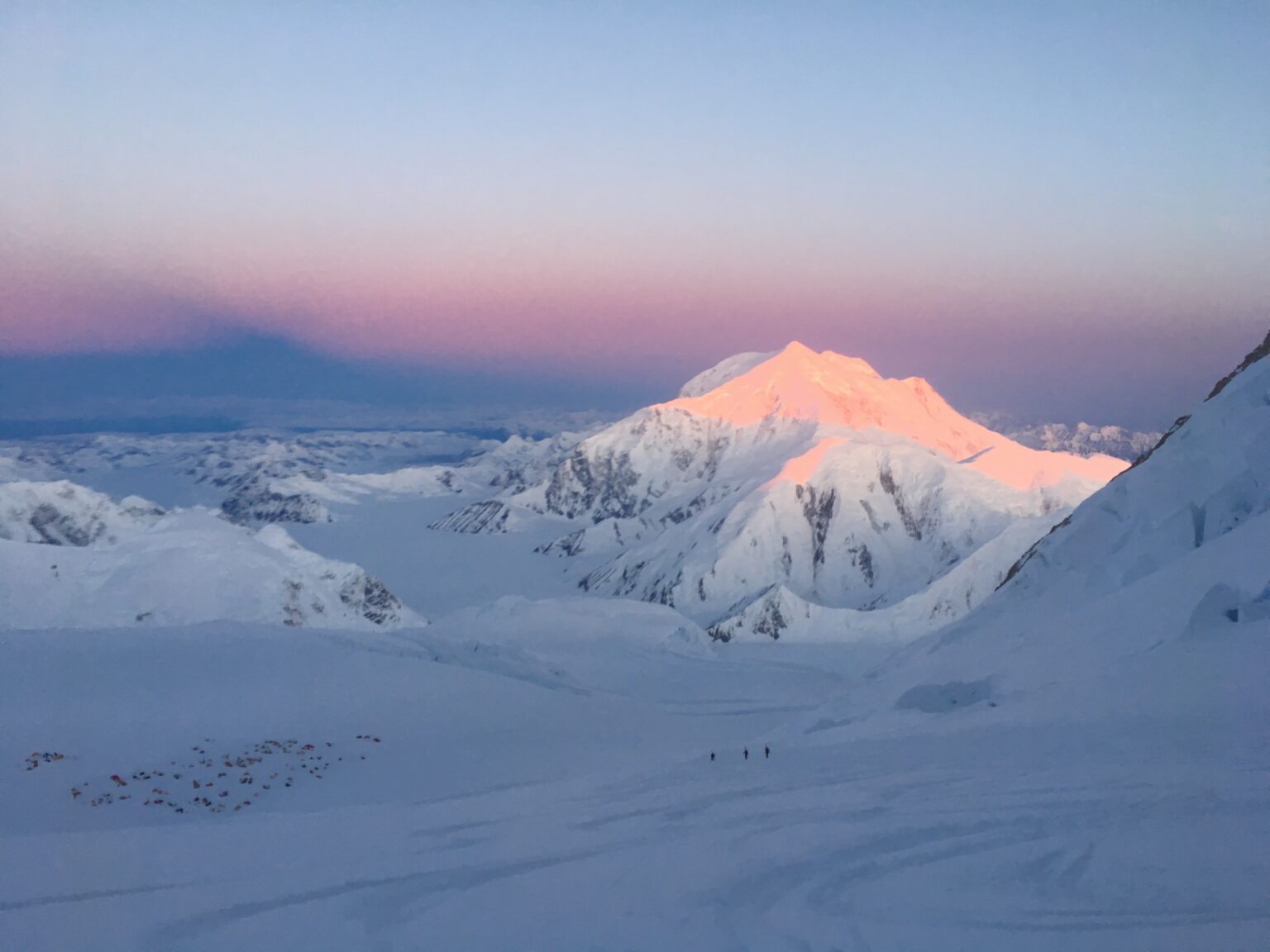Who are you becoming? And have you considered asking yourself, why?
Are you the result of a decision or an accident?
How good is your relationship with yourself?
In the mountains we are all asked to try new things, to learn. Learning is agency distilled into its purest form. Perhaps this is why education has often served as the great equalizer in a meritocracy. Could mountains be the purest form of meritocracy in existence? In the mountains we are learning how we can choose to control one aspect of our life and ourselves. As you deepen your practice in the mountains, that control expands.
What is control? I find that control is sensitivity, the ability to finely and acutely tune into yourself, your partners, and your environment. This sensitivity is one hallmark of the best in any field. Every first year resident can palpate a stage-4 tumor, and perhaps only the oncologist with 40 years of experience knows the extent of the illness in a glance.
“Last simulator training complete and my best performance ever. In three months I retire, and I’ve never been better.” So wrote a 64 year old airline pilot friend of mine in a recent pilot’s group-chat. In the airlines there is a mandatory retirement age of 65. Another pilot wrote: “As it should be.”
And he was right. This is exactly as it should be. The expert, the pilot with thousands of hours of training – as with the athlete with thousands of hours of training, racing, climbing – knows more, gets surprised less.
As Walmart’s Board Chairman Greg Penner said on a recent Voice of the Mountains podcast episode, “I have a lot of reps so I recognize patterns more quickly.”
The work we do in the mountains teaches us not just how to move, but how to notice. We tune ourselves through effort. We learn to feel when the snowpack changes underfoot. We learn to hear what silence means on a ridgeline at dusk. We learn to ask questions at the right time.
We train not for the illusion of control, but for the sensitivity to respond with agency, choice, wisdom. That is the lesson the mountains give. And the more we practice, the more we build that intuitive sense for people, for timing, for what matters. The mountain does not care who you are. But it will shape who you become.
So as the year turns, ask yourself again: Who are you becoming?
The quality of your relationship with yourself determines the quality of your life.
The next step, as always, is yours.

